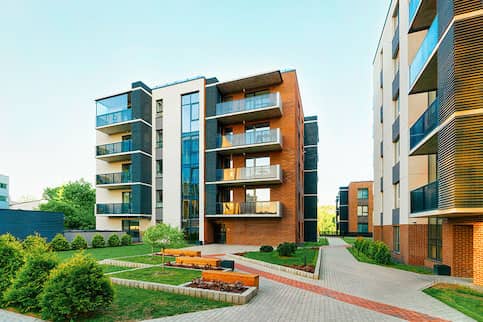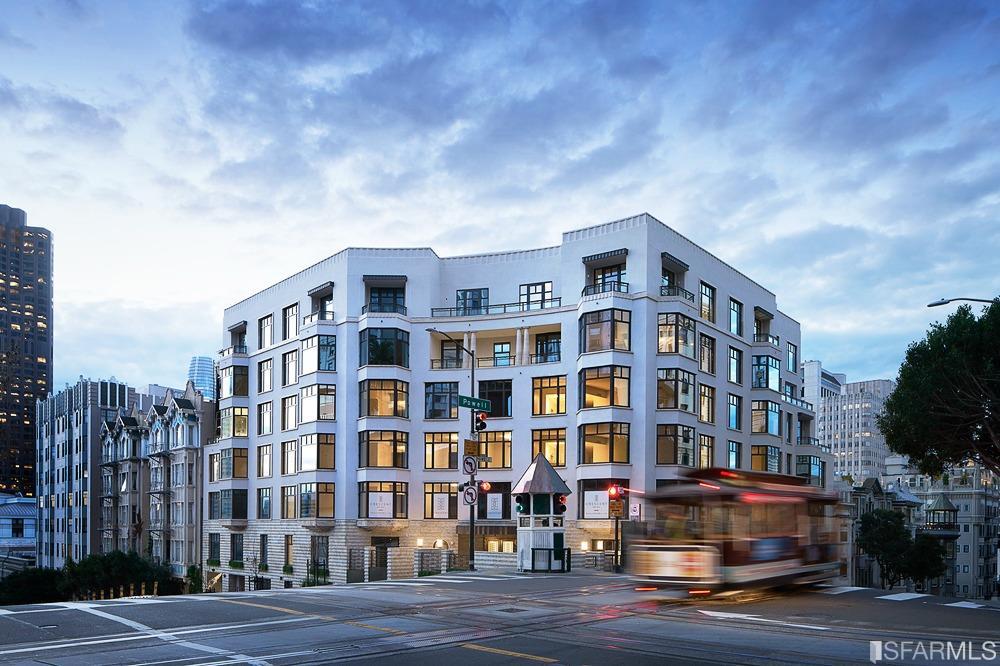Just How to Deal with Disputes in an HOA Condo Setting
Just How to Deal with Disputes in an HOA Condo Setting
Blog Article
The Role of an HOA in Establishing and Enforcing Neighborhood Guidelines for Locals
The function of a Homeowners Association (HOA) in establishing and imposing community guidelines is essential to keeping a cohesive and organized domestic setting. By formulating clear policies that regulate facets such as home upkeep and community conduct, the HOA not just sets criteria for citizens however also cultivates a feeling of belonging and responsibility.
Recognizing Home Owners Organizations
Homeowners organizations (HOAs) serve as regulating bodies for property neighborhoods, playing a critical function in preserving building worths and promoting a feeling of community. Normally formed by programmers, HOAs are made up of home owners within an assigned area who choose a board to supervise the organization's tasks. The main features of an HOA include applying community guidelines, managing common areas, and organizing neighborhood events.
HOAs run under a set of governing files, including problems, constraints, and agreements (CC&R s), which lay out the civil liberties and obligations of homeowners. These policies intend to make sure that homes are maintained to a specific requirement, therefore shielding the aesthetic appeal and general worth of the neighborhood. In addition, HOAs often collect charges from home owners to money upkeep, landscaping, and various other social work.
The visibility of an HOA can considerably influence the living experience within an area (hoa condo). While some residents value the organized setting and features supplied, others may discover particular guidelines limiting. Stabilizing the rate of interests of all home owners is crucial for an HOA to work efficiently, guaranteeing that it serves its desired objective of boosting neighborhood living while respecting private homeowner legal rights
Developing Community Guidelines

To start, an HOA should conduct surveys or hold conferences that permit citizens to voice their recommendations and concerns. This participatory procedure fosters a feeling of possession and increases compliance. Next, the HOA board must assess the responses to recognize common styles and concerns that warrant formal incorporation in the standards.
It is likewise necessary to make sure that the guidelines are clear, concise, and quickly comprehended. Obscurities can lead to misunderstandings and conflicts, weakening the objective of the guidelines. Additionally, the standards need to be detailed, covering numerous facets of community living, consisting of property maintenance, sound degrees, and use of typical areas.
Enforcement of Guidelines
Efficient enforcement of area guidelines is vital for keeping order and making certain that all residents follow the established standards. An HOA must apply a structured method to implement these regulations, which commonly includes a mix of monitoring, interaction, and fines for non-compliance.
First, normal assessments and community patrols can help determine infractions, ensuring that rules are constantly applied across the community. This proactive monitoring permits the HOA to attend to problems before they rise, cultivating a sense of responsibility among homeowners.
2nd, clear interaction is crucial. Citizens need to be educated of the rules and the treatments for reporting violations. An open line of communication urges residents to voice problems and seek explanation on guidelines, which can boost compliance.

Finally, when infractions take place, the HOA has to enforce consequences as described in the governing files. This may consist of cautioning letters, fines, or, in severe instances, lawsuit. It is necessary that fines are applied relatively and constantly to maintain trust fund within the neighborhood. By properly enforcing policies, an HOA can cultivate a harmonious living atmosphere that shows the cumulative values of its residents.
Advantages of HOA Rules
Many advantages develop from the application of HOA guidelines, which serve to boost the lifestyle within an area. One primary benefit is the upkeep of property worths. By implementing standards for aesthetic appeals and maintenance, HOAs make sure that homes and common locations continue to be attractive, promoting a desirable living environment that can bring about raised property worths gradually.
Additionally, HOA policies advertise uniformity and uniformity within the community. This coherence in design and upkeep helps to develop a sense of belonging amongst locals, adding to area satisfaction and a favorable ambience. Additionally, established standards help with conflict resolution among next-door neighbors by supplying clear assumptions and methods for actions, thereby decreasing disputes.
One more significant benefit is the arrangement of common facilities and services. Many HOAs handle community centers such as swimming pools, clubs, and parks, which enhance entertainment opportunities for locals. These amenities not just boost the lifestyle but also urge social communication.
Inevitably, the policies stated by an HOA cultivate an efficient, harmonious area, making sure that locals delight in a high criterion of living while cultivating a helpful setting for all property owners.
Typical Difficulties Dealt With by HOAs
In the middle of the benefits that house owners organizations (HOAs) can offer, they additionally encounter a selection of challenges that can impede their effectiveness. One considerable issue is the absence of resident engagement. Numerous property owners might not take part in conferences or area activities, bring about a separate in between the HOA board and citizens. This disengagement can cause misunderstandings about area guidelines and a lack of assistance for enforcement anonymous initiatives.
Disputes can emerge when residents really feel that enforcement is inconsistent or biased, possibly leading to conflicts within the neighborhood. Furthermore, HOAs typically face financial restraints, which can restrict their ability to keep typical areas or fund community tasks.
Moreover, navigating lawful intricacies can be daunting for HOAs. Developing and altering demographics community needs call for HOAs to adapt their standards, frequently satisfying resistance from enduring residents that are accustomed to typical standards.
Final Thought

By developing clear regulations that regulate elements such as building upkeep and neighborhood conduct, the HOA not only sets standards for locals however also promotes a feeling of belonging and accountability.Homeowners organizations (HOAs) offer as regulating bodies for household areas, playing an essential function in preserving building values and cultivating a sense of neighborhood. Lots of property owners may not take part in meetings or neighborhood tasks, leading to a disconnect between the HOA board and locals. Advancing and altering demographics neighborhood needs require HOAs to adapt their guidelines, frequently meeting resistance from long-lasting locals who are accustomed to typical norms. Via the growth of clear laws and constant enforcement, see post HOAs promote residential property upkeep, neighborhood satisfaction, and count on among citizens.
Report this page